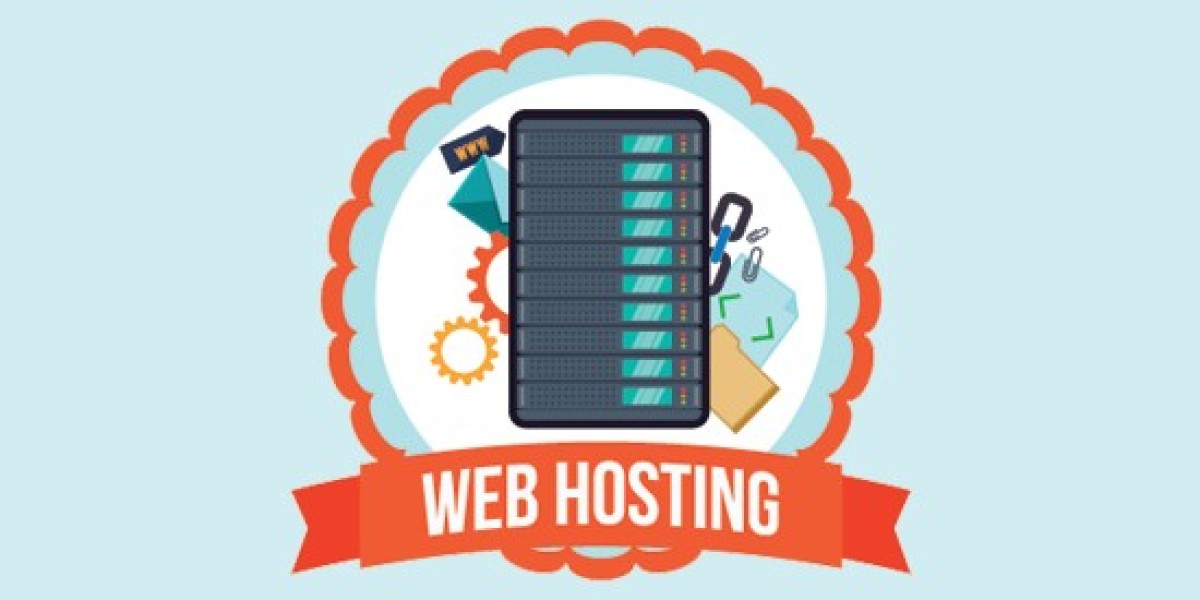In today’s competitive digital landscape, businesses often need to switch hosting providers to enhance website speed, security, and scalability. Whether you are looking for better performance or cost-effective hosting solutions, migrating your website can be a daunting task. Additionally, if you are running an online business, integrating services like pay per click service in India and domain & web hosting services in india can significantly improve your marketing strategy and ROI. To help you move your website seamlessly without any data loss or downtime, we have compiled a detailed step-by-step guide.
Why Migrate to a New Hosting Provider?
Migrating your website to a new hosting provider in India can be beneficial for multiple reasons:
Improved Website Performance: Faster loading times and better uptime. Enhanced Security: Advanced security features such as DDoS protection and SSL certificates. Cost Efficiency: Affordable pricing plans with better features. Scalability: Resources that support your growing traffic needs.
Step-by-Step Guide to Website Migration
1. Choose a Reliable Hosting Provider
Before initiating the migration, research the best hosting providers in India. Compare features such as server speed, uptime, customer support, pricing, and scalability options.
2. Backup Your Website Data
A full backup is crucial to prevent data loss during migration. Use one of the following methods:
cPanel Backup: Navigate to cPanel → Backup → Download Full Website Backup. Manual Backup: Use FTP clients like FileZilla to download all files and export the database using phpMyAdmin. WordPress Backup Plugins: Plugins like UpdraftPlus or All-in-One WP Migration can simplify the process.
3. Set Up Your New Hosting Account
After selecting a hosting provider, create an account and set up the necessary configurations. This includes:
Adding your domain name. Setting up server settings. Creating a new database (if applicable).
4. Upload Your Website Files to the New Server
Transfer your website files to the new hosting provider using:
FTP Client: Upload files via FileZilla or Cyberduck. cPanel File Manager: Directly upload files via the hosting control panel. Migration Plugin (for WordPress): Use plugins like Duplicator for automated migration.
5. Configure the Database
If your website uses a database (e.g., MySQL), follow these steps:
Create a new database in your new hosting account. Import the backed-up database using phpMyAdmin. Update database credentials in configuration files (e.g., wp-config.php for WordPress sites).
6. Update Domain Name System (DNS) Settings
To make your website live on the new server, update your domain’s DNS settings:
Log in to your domain registrar (GoDaddy, Namecheap, etc.). Navigate to DNS settings and update the nameservers provided by your new hosting provider. Wait for DNS propagation, which may take up to 48 hours.
7. Test Your Website Before Finalizing the Migration
Before completing the migration, test your website using:
Temporary URL: Provided by the new hosting provider. Hosts File Modification: Redirect your domain locally for testing. Website Speed Tests: Use GTmetrix or Google PageSpeed Insights to analyze performance.
8. Monitor for Downtime and Errors
Post-migration, ensure everything is functioning correctly:
Check for missing images or broken links. Test forms, payment gateways, and scripts. Enable website monitoring tools to receive downtime alerts.
9. Cancel Your Old Hosting Subscription
Once your website is fully functional on the new server and all data is verified, cancel your old hosting plan to avoid unnecessary charges.
Common Mistakes to Avoid During Website Migration
Skipping Backup: Always back up your files and database before starting. Forgetting to Update DNS Records: Ensure you change the nameservers to point to the new host. Neglecting Website Testing: Check all pages, plugins, and scripts before finalizing. Ignoring SEO Impact: Redirect old URLs using 301 redirects to maintain rankings.
Conclusion
Migrating your website to a new hosting provider in India can seem overwhelming, but with the right approach, it becomes a seamless process. By carefully planning each step, backing up data, and monitoring for errors, you can successfully transition without losing valuable traffic or rankings. Additionally, integrating a pay per click service in India alongside your website migration can further enhance your online presence and business growth. Follow this guide, and enjoy the benefits of a faster, more secure, and reliable hosting experience.
About Us:
SpaceEdge Technology appears to be a term that might refer to a company, concept, or technology related to space exploration or utilization. However, without further context, it's challenging to provide specific information.









